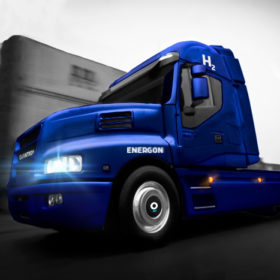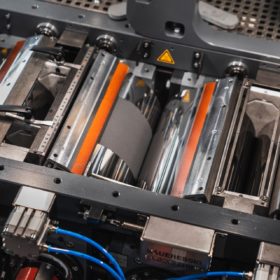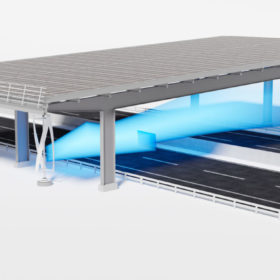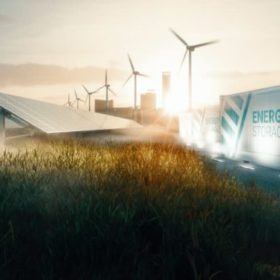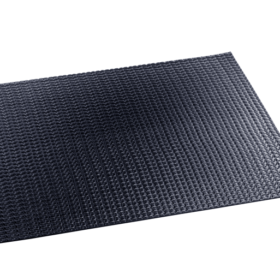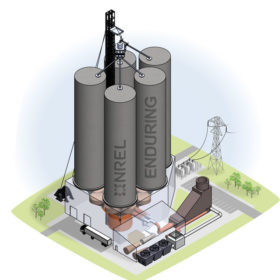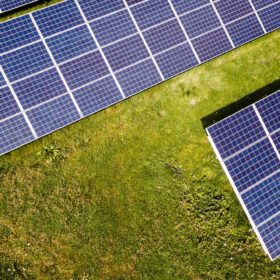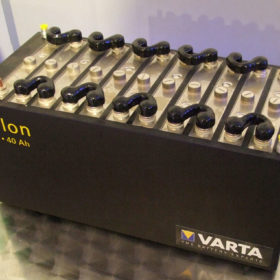Mapping the future of cleaner transportation
Eight key developments are accelerating the advancement of electric vehicles. These range from the improvements in cost and performance of electric vehicle (EV) batteries to hydrogen-powered vehicles.
Minimum solar panel row distance crucial for good soil, vegetation conditions, in solar parks
A Dutch research group has shown that south-oriented solar parks offer better environmental conditions for soil and vegetation than east-west oriented facilities. According to their findings, a distance between panel rows of at least 1.5 times panel height is crucial to favor ideal plant growth and soil functioning.
A new spin on battery manufacturing
Scientists in Germany developed a new process for manufacturing battery electrodes, that they say could be both more cost effective and environmentally friendly compared to current technologies. The technique could be applied to a range of different battery materials/chemistries and its creators say they are in discussion with a number of battery cell manufacturers regarding pilot production.
Hybrid wind-solar for highways
Switzerland-based Energy Pier has developed a new concept for hybrid-wind solar projects located along highways. The proposed solution combines a rooftop PV system with small scale wind generators that are installed on both sides of the supporting pillars of the system.
Ayana Renewable partners Norway’s Greenstat on India’s hydrogen mission
The Bengaluru-based solar and wind energy developer has signed a Memorandum of Understanding with Greenstat Hydrogen India to collaborate on developing projects for green hydrogen production in India.
Flexible solar panel for vehicle-integrated applications
Called SolFlex, the frameless panel is based on 22%-efficient solar cells and is designed for high, one-sided heat load. The standard product measures 100x100x2.9cm, weighs in at 3.4kg, and has a power output of 170 W.
Foldable solar panel for disaster prevention
The portable module has a foldable design with a four-panel structure and a power output of 100 W. It also incorporates a Suncast module that indicates the best height and tilt angle it must have to ensure optimal yield.
Storing wind, solar power with silica sands
NREL researchers developed a system that uses heated silica particles for thermal energy storage. The baseline technology is designed for a storage capacity of up to 26,000 MWh and is claimed to have a cost of of between $2 and $4 per kWh.
UK to invest $1.2 billion in green energy projects in India
UK’s development finance institution CDC will invest $1 billion in green projects in India between 2022-26. Besides, UK has committed a new $200-million private and multilateral investment into the joint UK-India Green Growth Equity Fund that invests in Indian renewable energy.
Lithium-ion vs lead-acid batteries
An international research team has conducted a techno-economical comparison between lithium-ion and lead-acid batteries for stationary energy storage and has found the former has a lower LCOE and net present cost. Through their analysis, which was performed assuming the use of the batteries in connection with a 10 kW, grid-tied PV system, the scientists concluded that lithium-ion batteries are the most viable solution.
